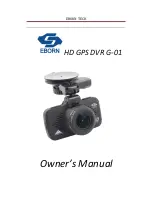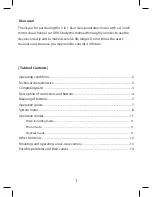
V1.02
Thom Hogan’s Complete Guide to the Nikon D300
Page 389
won’t shoot until focus has been achieved. This is a very good
starting place to get acquainted with using the Direction pad
to control the initial sensor and for getting predictable
focusing results, even if you focus and reframe (remember to
keep the shutter release halfway down after achieving focus if
you reframe, though).
The next step I’d suggest is to pick Single Servo, Auto Area.
This combination doesn’t allow you to pick a starting point,
but it
will
show you what the camera chooses for a focus
point. You’ll start to see how the camera recognizes objects
and patterns. This should give you some confidence to take
the next step: switch to Continuous Servo, Auto Area. The
camera is still picking focus, but now it’s also using predictive
focusing for moving subjects. Unfortunately, this combination
does not show you which autofocus sensor(s) ultimately gets
used, but that’s why I had you start in Single Servo to get
confidence in what the camera is picking.
Finally, choose Continuous Servo, Dynamic Area. Now
you’re telling the camera where to start focusing (you pick the
initial sensor) and the camera follows moving subjects using
its predictive methods. You still have one primary option to
set: Custom Setting #A3 tells the camera how far away from
the initial sensor you’ll allow it to move the focus (9 points,
21 points, or two versions of 51 points). If your subject is
nearly full frame, then 51 points is what you want. But if
you’re following a smaller subject where there are other
possible subjects—such as following a single player on a
football field—you might want to narrow the camera’s
attention to a smaller number of sensors.
Autofocus Summary
Yes, the autofocus system used in the D300 is quite complex
and a bit difficult to understand at first. Here’s a table that
summarizes the key options:
















































